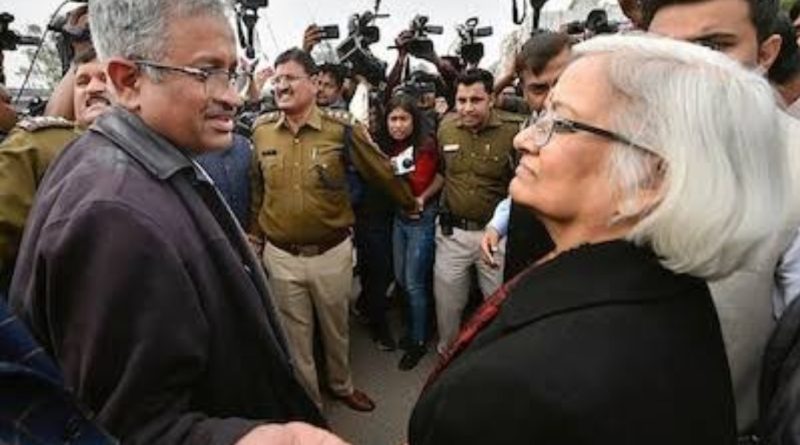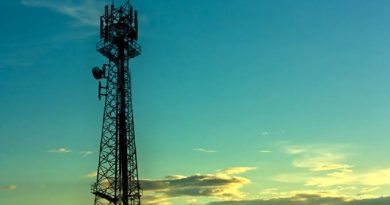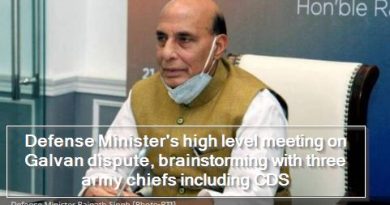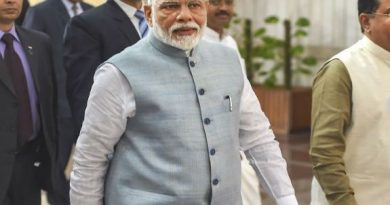Let us work together: Supreme Court-appointed mediators meet Shaheen Bagh protesters
Supreme Court-appointed interlocutors Sanjay Hegde and Sadhana Ramachandran reached Shaheen Bagh on Wednesday and spoke to the protesters about clearing the road.
The Supreme Court-appointed interlocutors visited Shaheen Bagh on Wednesday to initiate talks with the protesters after the court suggested that the agitation should be held in an alternative site where no public place is blocked.
The protesters have been on a sit-in against the new citizenship law for over two months.
Talking to reporters, the interlocutors, Sanjay Hegde and Sadhana Ramachandran said they had come to Shaheen Bagh to listen to people who had assembled in large numbers.
“We have come here according to the order of the Supreme Court. We hope to speak to everyone. We hope to resolve the matter with everybody’s cooperation,” Sanjay Hegde said.
The two interlocutors addressed the protesters from the stage and explained the SC order on the Shaheen Bagh protest to them.
“The Supreme Court has said that you have the right to protest. The law (CAA) has been challenged in the Supreme Court. But like us, others too have their rights, like the right to use roads, open their shops,” Sadhana Ramachandran said.
The Supreme Court expressed concern on the blockade of a public road at Shaheen Bagh and suggested that the anti-CAA protestors shift to another site, several of those participating in the stir contested the claim that the sit-in was causing inconvenience to a large number of commuters.
The Supreme Court has asked senior advocate Sanjay Hegde to act as interlocutor and persuade protestors to move to an alternative site where no public place is blocked.
It said Hegde can take the assistance of advocate Sadhana Ramachandran and former Chief Information Commissioner Wajahat Habibullah for talking to the protestors.
The interlocutors had their first discussion over the Shaheen Bagh blockade on Tuesday.
Several protestors on Tuesday said that the Shaheen Bagh-Kalindi Kunj road in southeast Delhi, which is blocked for over two months, is used by only a few commuters, that too mostly from the vicinity of Jamia Nagar and Okhla who had agreed to the use of the site for the demonstration.
The stretch of Shaheen Bagh to Kalindi Kunj road which is about two to three kilometres has commercial centres housing shops and restaurants. The road ends at Atlanta Water Park. The Shaheen Bagh-Kalindi Kunj road is parallel to the Noida-Greater Noida Expressway which is used by a large number of commuters between Delhi and Noida.
The apex court was hearing an appeal filed by advocate Amit Sahni, who had earlier approached the Delhi High Court seeking directions to Delhi Police to ensure smooth traffic flow on the Kalindi Kunj-Shaheen Bagh stretch, which was blocked by anti-CAA protestors on December 15 last year.
The protestors claimed that the all the roads that are close to Shaheen Bagh-Kalindi Kunj Road like the GD Birla Road, Kalindi Kunj bridge, Amrapali Road, Okhla Barrage Road, Okhla Bird Sanctuary Road, Dadri main road and Noida-Greater Noida Expressway are open, yet the attention has been shifted to Kalindi Kunj-Shaheen Bagh stretch.
The SC has said that democracy works on expressing views but there are lines and boundaries for it, the bench said.
People have a fundamental right to protest “peacefully and lawfully” but blocking public roads and places is a matter of concern as it might lead to “chaotic situation”, the apex court has said, stressing that there has to be a “balancing factor”.
“Our concern is if everybody starts blocking public areas then where will it end,” the bench asked while hearing pleas seeking removal of protestors from Shaheen Bagh and ensuring smooth traffic flow in the area




